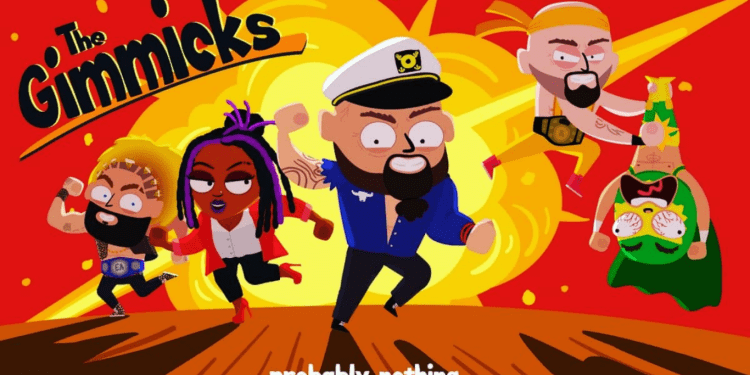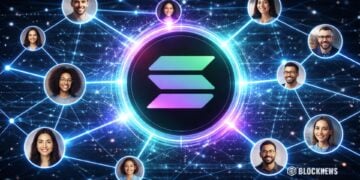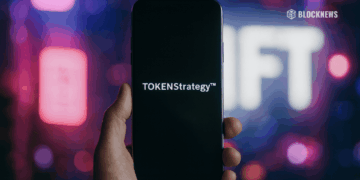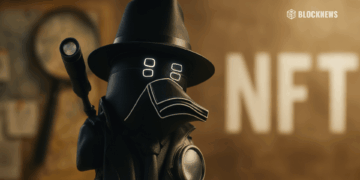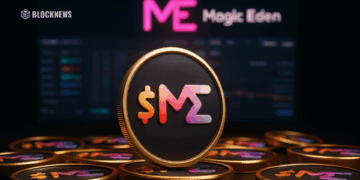NFT holders can vote on the character destinies in the animated Web3 comedy “The Gimmicks,” which combines aspects of South Park, wrestling, and cryptocurrency.
- “The Gimmicks” is a community-driven animated comedy where NFT holders can vote on what happens to the characters.
- It is a fascinating example of how Web3 technology can revolutionize the entertainment industry and provides a platform for creators to experiment with new forms of storytelling and engagement.
The Gimmicks
The price of cryptocurrencies has experienced extreme swings, as have investor emotions. But, amid all the confusion, many have faith in the underlying technology and its capacity to transform entire sectors of the economy. One such believer is Toonstar, the parent company of the successful Web3 animation project, “The Gimmicks.”
In the animated comedy “The Gimmicks,” elements of “South Park,” wrestling, and cryptocurrency are combined. In community-driven storytelling, holders of NFT (non-fungible tokens) can vote on the fate of the characters in this big experiment. With the DIC punches (decentralized inclusive community) still flying and up to 7 million views on the series, the show’s popularity has remained strong during the crypto winter.
Secret of Success
The fact that token owners aren’t using it to make money but are instead enjoying themselves as characters in the story is one factor in “The Gimmicks” success. Others in Web3 can learn a crucial lesson from this: even in a market where prices are falling, you can get momentum if you have engaging content or a strong use case.
John Attanasio, the CEO and co-founder of Toonstar, and Luisa Huang, the other co-founder, recently discussed the development of “The Gimmicks” and what lies ahead. They were still experimenting in Season One with how much creative control to offer the audience and how much to the showrunners. They’ve discovered many kinds and levels of participation, with the showrunners and the community each contributing a certain percentage.
How does it work?
Every episode is unique; some are choose-your-own-adventure sections with only three options available to the community member. They try to convey that the community has a significant influence, but there may be only three options. The Wiki, where people can contribute ideas to the show, is another opportunity for the community to become involved.
One instance of the Wiki’s influence can be seen in Season Two of “House of Chico,” where the idea of the ghost haunting Chico originated after the community decided to kill the butler. This resulted in the creation of a brand-new character by the community as a whole. The voting process has changed to include questions that build on previous choices, giving story arcs longer-term implications.
The Wiki is also distinctive in that it has a “specific” button, and all of its revisions are tracked on-chain. This button at the bottom of a Wiki page lets readers show their enthusiasm and support for the discussed concepts. It’s a fun and exciting way to involve the neighborhood and foster a sense of community.
“The Gimmicks” is an intriguing illustration of how Web3 technology can transform the entertainment sector. It fosters a sense of ownership and investment that traditional media can’t match by allowing the community to have a role in how the narrative develops. Additionally, it gives creators a place to test out novel approaches to storytelling and engagement.
Conclusion
“The Gimmicks” demonstrates that Web3 still has the capacity for development and innovation despite the ongoing crypto winter. Success is possible no matter how the market is doing as long as there is compelling content and a dedicated community. “The Gimmicks” is paving the road for interactive storytelling, which has a promising future.


